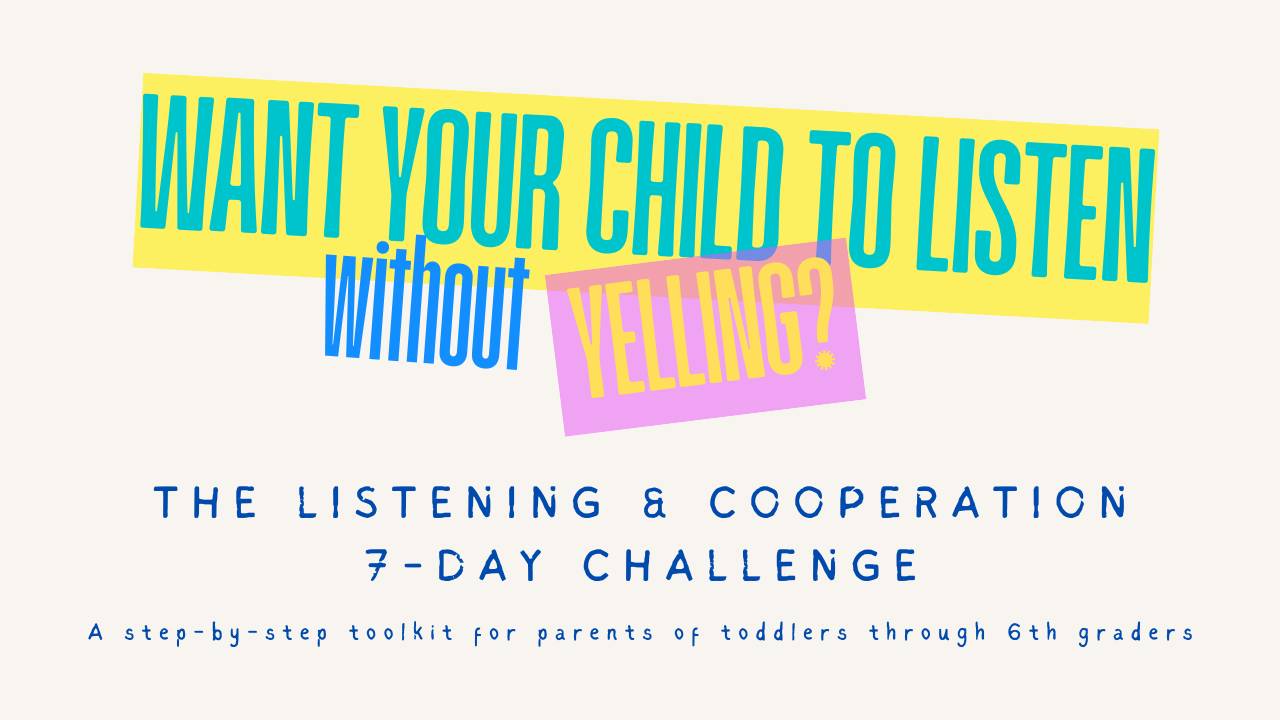What is Negative Reinforcement?
Feb 22, 2024
Within Applied Behavior Analysis there are two types of reinforcement: positive and negative. Reinforcement is used to help increase the probability that a specific behavior will occur in the future by either delivering or removing a stimulus immediately after a behavior. This means that with reinforcement if it is done correctly will result in a behavior occurring more frequently in the future.
Negative reinforcement works by removing or taking away a certain stimulus (often an aversive stimulus) after a particular behavior is exhibited. This makes the behavior more likely to occur in the future because of the removal or avoidance of a negative consequence.
An example of this would be a child being able to leave the dinner table if she eats two bites of her vegetable. In this scenario, the dinner table is the aversive stimulus, while the consumption of the two bites of food is the behavior. This means that in the future the child is more likely to eat her food more often since she knows she can leave the table after.
Another good example would be when your alarm goes off in the morning, you hit it to turn it off. The alarm is aversive while the behavior is turning it off. This means in the future you're more likely to push your alarm button, maybe even faster, to turn it off.
UNLOCK YOUR FREE TOOLKIT NOW: ENHANCE YOUR CHILD'S PLAY & LANGUAGE SKILLS TODAY!
Simply enter your email address to get instant access.


